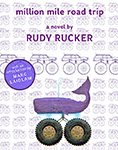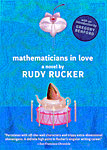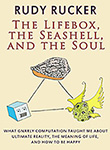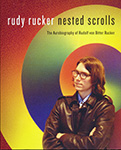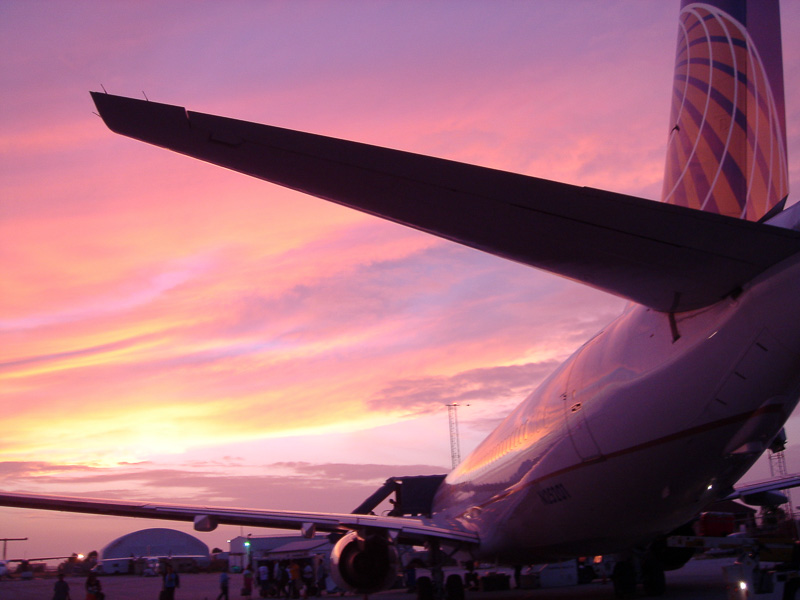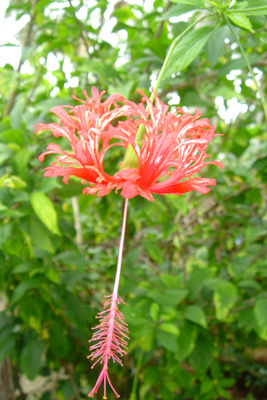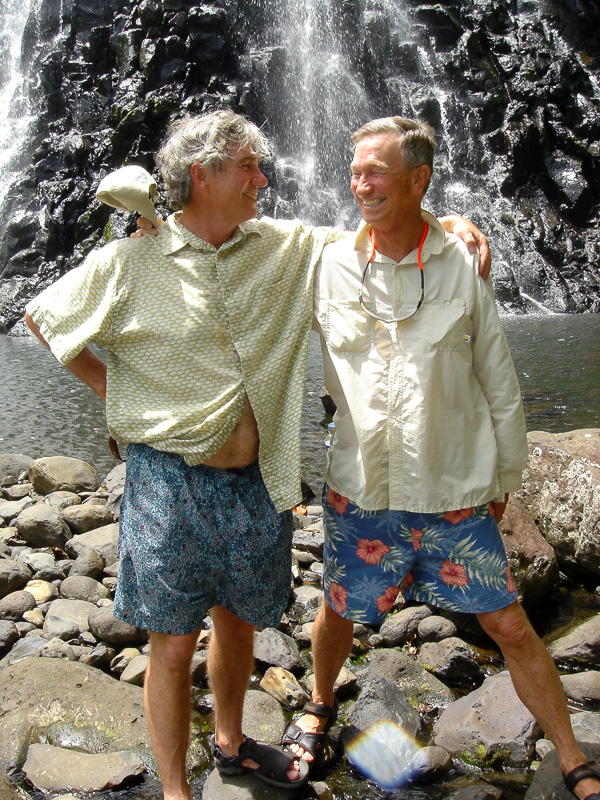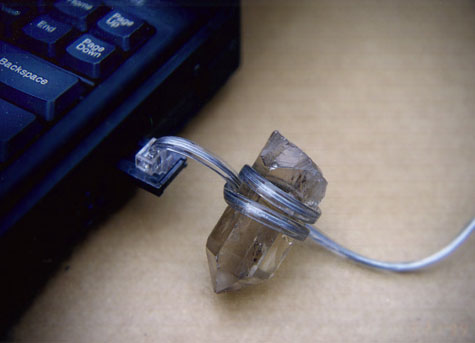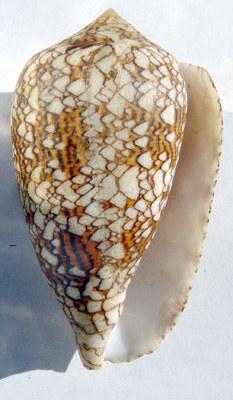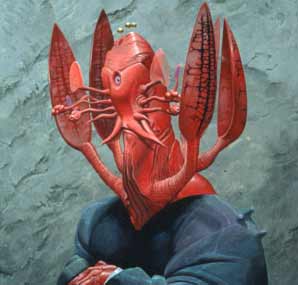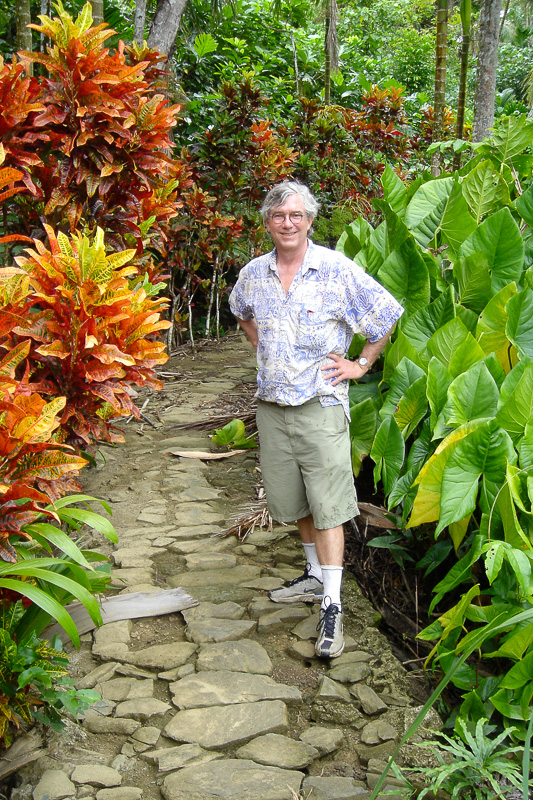
I walked on an ancient raised pathway with stones set along the middle, palm trees all around, hibiscus, vines, banana leaves, dragonflies. Little huts with Yapese sitting there, a fat brown man, nearly naked. I wave, feeling a bit like a trespasser, he waves back. A sudden squall of rain, I huddle against the trunk of a tree to stay dry. Nothing but green plants visible in every direction, the branches lashing furiously in the sudden wind, the rain coming in a sudden torrent, its noise filling the air. It's so warm, that it doesn't matter much if I get wet, but I like being sheltered by the tree, its trunks covered with woody vines. Up against the clouds a pair of slender-winged sea-birds continue circling despite the rain. Red and yellow flowers amid the waving greenery. I'm having an adventure.
***
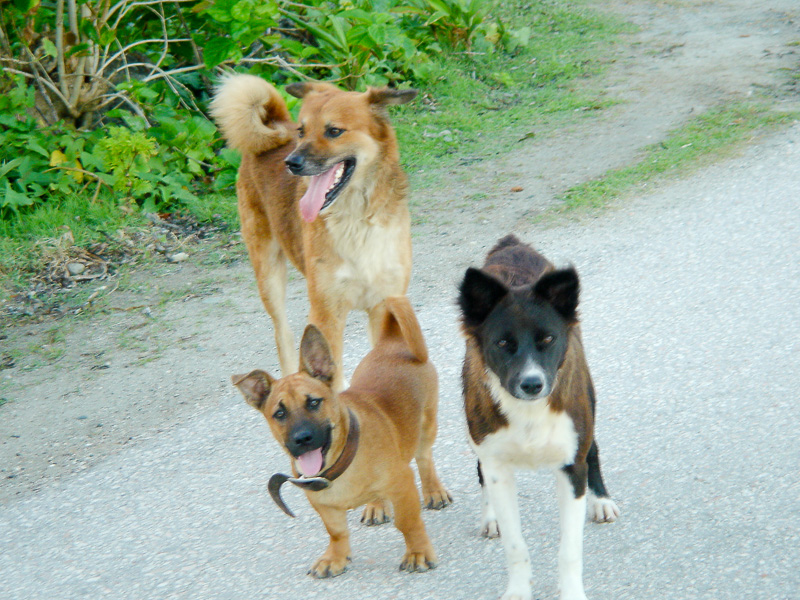
Lots of little yellow dogs here, but they don't yap all that much. They look so intelligent. Yesterday, walking near sunset along the ocean to a village called Badelbob, I passed a trio of little dogs, all of them so exquisitely sensitive to my interloping position and gaze. When there's more of them together, they're more confident.
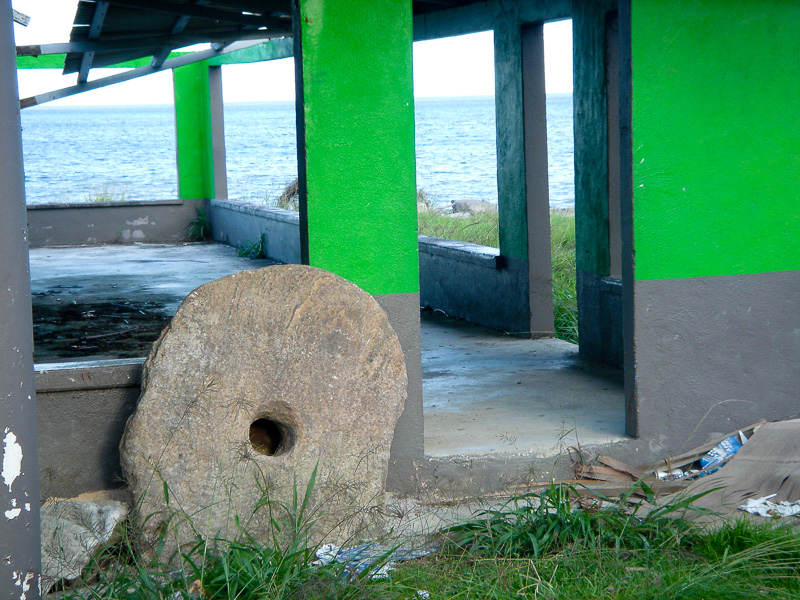
This street passes through the district of the “outer islanders,” that is, the Yapese who aren't from the closely bunched five central islands, collectively known as Wa'ab. The outer islanders have lower status. Our diving guide Kintu yesterday was an outer islander.

There was a row of stone money in Badelbob, they call this a “bank.” I'll explain about the stone money in a later entry.
On our first dive, we went down to 80 feet and lay on the bottom, hoping for some twenty-foot-wide manta rays to show up. They have a “cleaning station” here, a spot where they visit to have wrasses swim into their gills and eat the parasites. Or maybe it's a mating or feeding spot, the guides aren't sure. I saw one manta, far away, swimming, its cape-like body rippling, like an alien visitor. Then we worked our way along a lovely wall, like a china-shop of coral, plates with Zhabotinsky scrolled edges, staghorns, a school of fish the size of pizza pans, big gray guys, and more brightly colored littler ones, striped, dotted. Brain coral patterned in Turing stripes.
The current got more intense as we rose, like a gale-force wind in a mountain pass. Kintu had us stop and hang onto rocks, the current whipping past us, a liquid hurricane. He gave me a “reef hook,” a little S of metal attached to a cord, we hooked the S under a rock and I held the cord. We were quite near the surface, and I was rather low on air, I thought it must be time to surface and board the boat.
Kintu made a gesture which I took to mean that I should surface, later I found out that he'd meant that he would surface and signal the boat, and that the rest of us should wait beneath the surface dangling from our reef hooks, flapping in the current. So I surfaced with Kintu. He grabbed my hand, and immediately the current swept us away, out towards the open sea, moving very fast, faster than a man could run, faster even than a bicycle. Our dive boats were very distant, the driver, perhaps stoned on betel nut, didn't immediately see us. It occurred to me that if we were washed out to sea we might die. If I'd been alone, it could have been curtains. But eventually the boat picked us up.
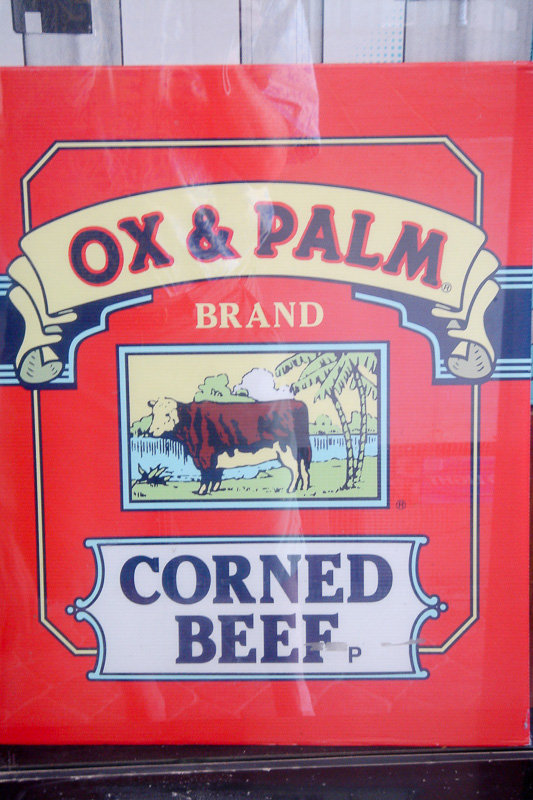
In the markets they sell a lot more canned meat than they do fish. Pacific islanders have this thing for canned meat, here's a brand just for them, “Ox and Palm.”
Later I saw Kintu in the supermarket buying beer. The man who saved my life! I felt like hugging him. He was carrying a little rectangular woven purse, kind of like an Easter basket, just big enough to hold his cigarettes and his bag of betel nuts. Here's a picture of some betel nuts lying on the ground.
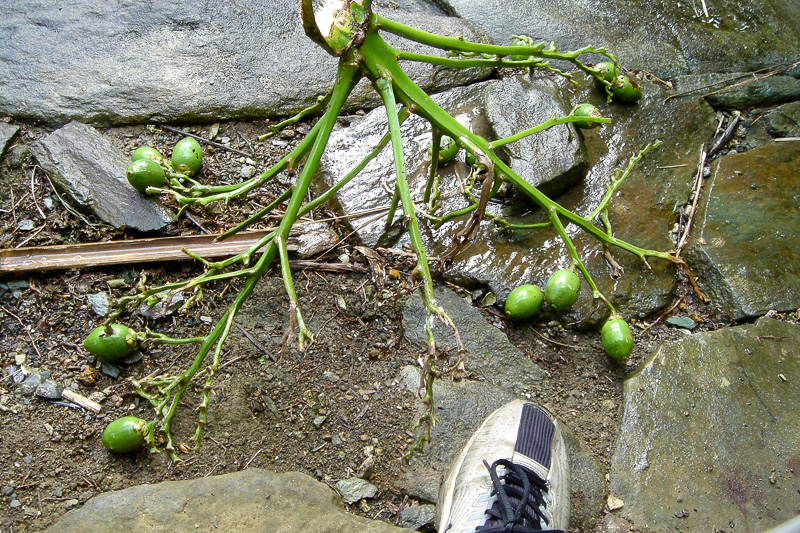
I saw a Mobil tank station with “No Smoking” signs translated into, I guess, Yapese and maybe Palauan or some outer island dialect: “Dabni Tomogow” and “Haitowni Tamago”.
***
I made a 5 Meg MPG movie of the rainy jungle, click here to see it. (Vlog warning, I still haven't mastered posting movies. When you click on this, you'll get something kind of jerky for awhile until the full file downloads.)


